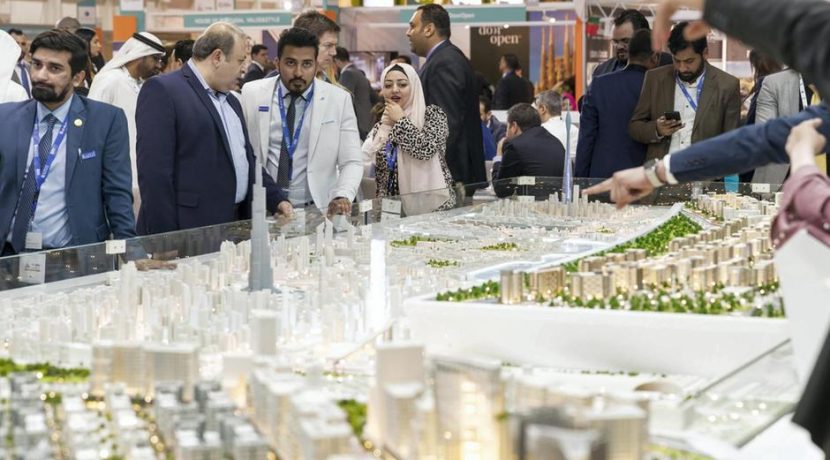As soon as someone finds out I work in real estate in the UAE they invariably ask how the market is doing.
“Is it up, down, when is it going to change direction, is now the right time to invest?” they will ask along with many more questions. I never received this level of interest when I was a lawyer. People are fascinated by the property market in the UAE. While some of the best-known companies include developers such as Emaar, Nakheel, Aldar, Damac and Azizi, UAE home ownership rates are lower than most of the rest of the world. So why the interest?
One reason the real estate market here keeps people on their toes is because it fluctuates so much. Knight Frank’s statistics showed that in 2014 Dubai apartments went up in value by almost 30 per cent. In contrast, according to Census.gov, house prices in the US only went up around 10 per cent. And where house prices go rents soon follow, so these significant fluctuations affect us all.
The major feature of the market is the most interesting feature of the UAE itself, the population make-up. Only about 10-15 per cent of the population are UAE citizens, tied to the country by nationality; the rest are essentially migrant workers with home countries elsewhere. This makes the population (and therefore the demand for real estate) extremely flexible; as an example, in 2017 the CIA World Factbook estimated that the UAE population grew by 2.3 per cent while the population of the US grew by 0.8 per cent (the UK was 0.5 per cent).
Many of us know someone who made a killing – either investing in 2006 and selling in 2008, or investing in 2011 and selling in 2014. They probably mention it at every party they attend. Fortunes have been won for some in a matter of a few years, stories that get played over and over again to the extent that plenty of beady eyed investors test the market to ensure they get in at the bottom and sell at the top (a skill most will never master).
However, the UAE property market is also unpredictable; US house prices are in their ninth year of gains after bottoming out in late 2009. By contrast the Gulf had its very own micro economic event in terms of the oil price crash in 2014-15, which tipped property prices back into the negative.
Most developed nations grow at a reasonably consistent pace based on the birth rate of the citizens and the amount of migration the government allows. This is very predictable so developers in those countries can easily plan ahead. In the UAE the population expands and contracts based on the availability of jobs and the economic climate. This is much harder for developers to predict, and as buildings can take four years from planning to completion any missed calculation can lead to a large under or oversupply of real estate, and resulting price fluctuations.
Due to the transient nature of the population, UAE home ownership rates are very low. About 26 per cent of those aged 18 to 36 in the Emirates own their home according to a recent HSBC study. Many properties are owned by investors who rent them out and most residents are tenants. By contrast 64.2 per cent of US residents were homeowners in 2017.
Not owning the property you live in is another reason to take an interest in the market. Homeowners, unless they are looking to sell, usually do not care too much how the market is doing as their bank repayments are tied to interest rates. Tenants, however, are directly affected by fluctuations in the real estate market because it impacts rental rates.
Because ownership rates are very low and the market is quite volatile, many residents realise buying makes sense but are looking for a sign to make that plunge. They track the market keenly to make sure they buy the right unit at the right time and are always on the lookout for that bit of insider knowledge.
Residents also regularly move house in the Emirates. There aren’t ready statistics but our own research shows that on average people move home every three to four years. This results in many tracking the market to stay abreast of the latest price movements. Residents like to be informed even if they don’t move making property a hot topic of discussion.
The UAE is a very young country with construction making up around 10 per cent of the GDP. With many employed in the sector, jobs and livelihoods are tied up with its fortunes, leading to yet more interest in its twists and turns.
All rights reserved to the initial publisher for The National.ae
Collected and published by Arms &McGregor International Realty® editorial team. Get in touch with us at [email protected].

